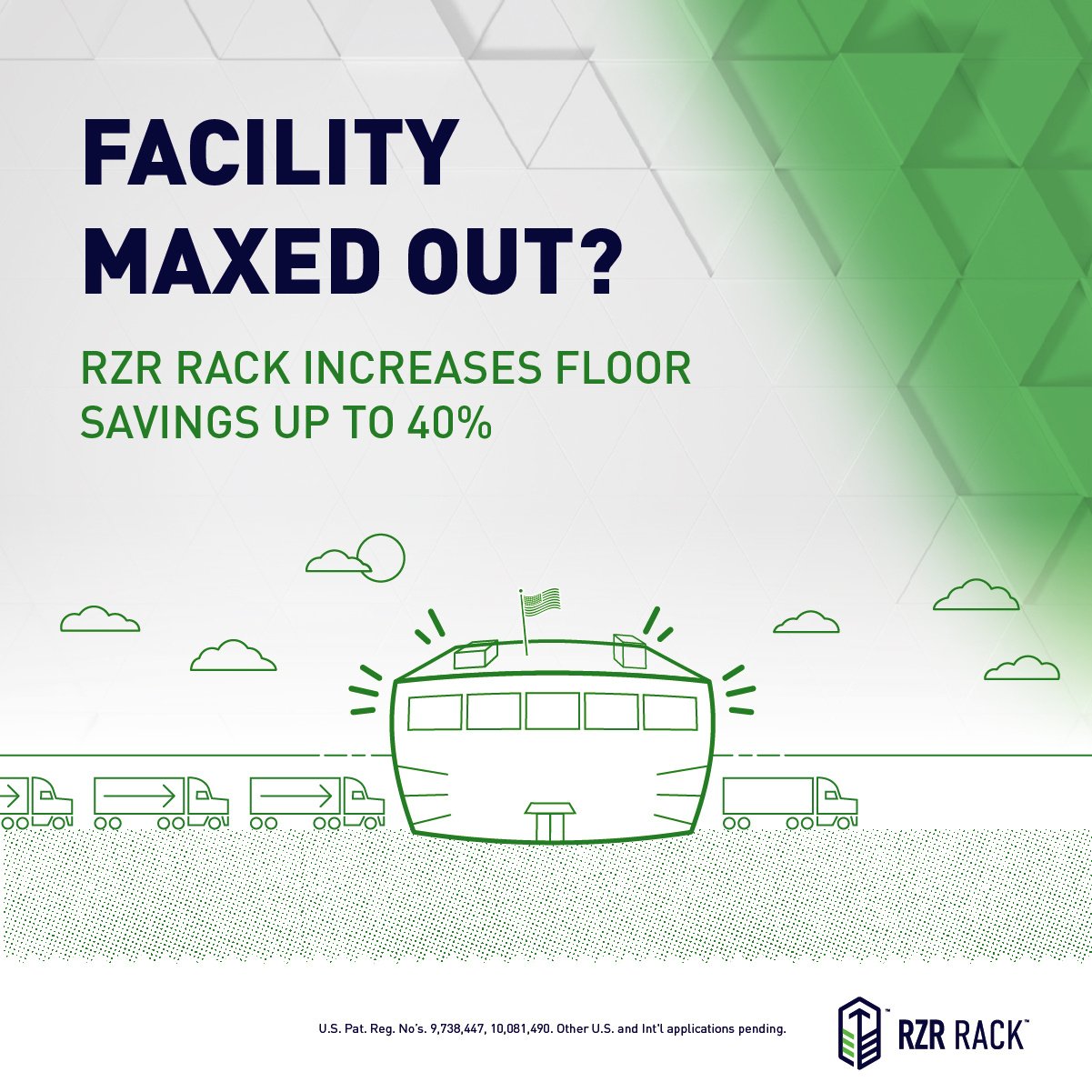Introduction:
The battle against single-use plastics is one of the most critical sustainability challenges of our time. As governments, businesses, and consumers rally to reduce plastic waste, innovative solutions are emerging. Returnable packaging, with its commitment to durability and reuse, is taking a front-and-center role in this movement. In this blog post, we will delve into how returnable packaging is significantly reducing single-use plastics and reshaping our approach to packaging in a more sustainable direction.
The Single-Use Plastics Crisis:
Single-use plastics, from disposable bottles to packaging materials, contribute significantly to the global plastic waste crisis. These items are often discarded after a single use, ending up in landfills, oceans, and ecosystems, with dire consequences for the environment.
Returnable Packaging as an Eco-Champion:
Returnable packaging is the antithesis of single-use plastics. Designed for durability and reusability, it replaces the need for disposable packaging materials. Instead of constantly producing new packaging, businesses can now opt for returnable containers, slashing the demand for single-use plastics.
Reducing Packaging Waste:
Returnable packaging’s core benefit is evident in its name: it returns again and again. By using durable, reusable containers, companies significantly cut down on the volume of packaging waste they generate. This not only reduces environmental impact but also lowers waste disposal costs.
Streamlining Recycling Efforts:
Recycling single-use plastics can be a complex and resource-intensive process. In contrast, returnable packaging is straightforward to clean and return to service. This streamlines the recycling process, making it more efficient and less costly, while also reducing the energy and resources required for recycling.
The Ripple Effect:
The adoption of returnable packaging sends ripples throughout the supply chain. It encourages businesses to adopt eco-conscious practices and consumers to choose products with sustainable packaging. This change in behavior fosters a cultural shift towards responsible consumption and environmental stewardship.
Eco-Friendly Branding:
As the world increasingly values sustainability, companies that embrace returnable packaging demonstrate their commitment to the environment. Eco-friendly branding can boost consumer trust and loyalty, giving businesses a competitive edge in an eco-conscious marketplace.
Conclusion:
Returnable packaging is not just a solution for efficiency and cost savings; it is a powerful force against single-use plastics and a catalyst for sustainable change. Its impact is felt in the reduction of packaging waste, streamlined recycling, and the promotion of eco-conscious practices.
As we collectively strive to combat plastic waste, returnable packaging emerges as a key ally, leading the charge towards a world with less single-use plastic, less waste, and more sustainable packaging solutions. It offers a pathway for businesses to reduce their environmental footprint, engage customers, and contribute to a cleaner, healthier planet.


